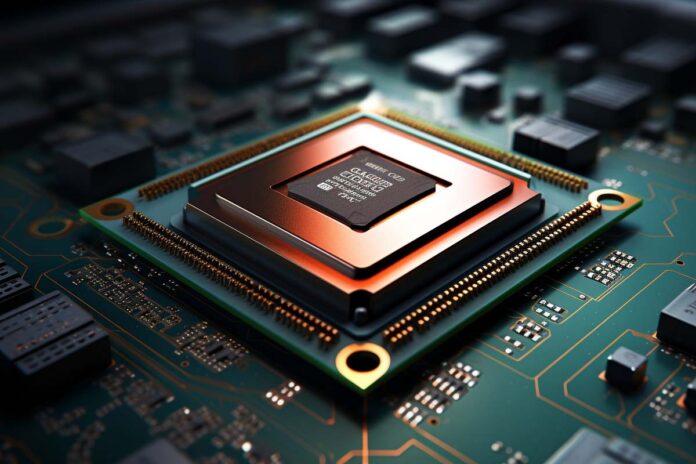Have you ever been in the middle of an important task when your computer suddenly stops responding? It’s a frustrating experience, but you’re not alone. Many users face this issue, whether they’re home users, repair shops, or data recovery specialists.
This guide will help you understand the common causes of unresponsive computers, focusing on both software conflicts and hardware issues. By the end of this post, you’ll have practical solutions to get your system up and running smoothly again.
Understanding Unresponsiveness
First, let’s define what we mean by an “unresponsive computer.” Typically, this refers to a system that freezes, crashes, or operates sluggishly. These issues can stem from a variety of sources, making it essential to diagnose the root cause effectively.
Software Conflicts
Identifying Software Issues
Software conflicts are often the culprits behind an unresponsive computer. These conflicts can occur when two or more programs interfere with each other. Identifying the problematic software is the first step in resolving these issues.
Check your system’s performance manager to see which applications are using the most resources. This can provide a clear indication of which software might be causing the slowdown.
Updating Software
Ensuring all your applications and operating systems are up-to-date can prevent many common software conflicts. Updates often include patches and bug fixes that enhance stability and performance.
Regularly check for updates through your system’s settings or through individual software applications. Automated updates can also be set up to ensure your software remains current without manual intervention.
Removing Unnecessary Programs
Over time, PCs accumulate numerous programs, not all of which are necessary. Uninstalling programs you no longer use can free up valuable resources and reduce the likelihood of software conflicts.
Open your system’s control panel to review installed programs. Consider removing any software that you haven’t used in the past six months to streamline your system’s performance.
Addressing Hardware Issues
Inspecting Physical Components
Hardware issues can also cause your computer to become unresponsive. It’s important to inspect physical components regularly to ensure they are functioning correctly.
Start by checking connections and cables to ensure everything is securely attached. Dust buildup can also lead to overheating, so regularly cleaning your computer’s internals is crucial.
Testing Memory and Storage
Faulty RAM or a failing hard drive can lead to significant performance issues. Running diagnostic tests can help you determine if these components are working properly.
Most systems come with built-in diagnostic tools that can test your memory and storage. For more comprehensive testing, third-party tools are available online.
Upgrading Hardware
Sometimes, the best solution to an unresponsive computer is a hardware upgrade. This is particularly true for older systems that may struggle with modern applications and processes.
Consider upgrading your RAM or switching to a solid-state drive (SSD) for better performance. These upgrades can provide a noticeable boost in speed and responsiveness.
The Importance of Regular Maintenance
Performing Routine Checks
Regular maintenance can prevent many issues from arising in the first place. Schedule routine checks to ensure your system is running optimally.
Create a maintenance checklist that includes updating software, cleaning hardware, and checking system performance. Regular maintenance can extend the lifespan of your computer and improve its reliability.
Backup Your Data
Before making any significant changes, ensure your data is backed up. This step is crucial, especially if you’re troubleshooting hardware issues that may require component replacements.
Use cloud storage or external hard drives to create regular backups of important files. This practice not only protects your data but also provides peace of mind during the repair process.
Seek Professional Help
If troubleshooting doesn’t resolve the issue, it may be time to consult a professional. Services specializing in computer repair in Salt Lake City can provide expert assistance and ensure your system is functioning correctly.
Professionals have access to advanced diagnostic tools and can offer tailored solutions for complex issues. Don’t hesitate to seek help if you’re unsure about tackling certain repairs yourself.
Conclusion
Understanding and addressing the reasons behind an unresponsive computer can save you time, money, and frustration. Whether it’s a software conflict or a hardware issue, taking a systematic approach to diagnose and fix the problem is crucial.
Remember, regular maintenance and timely upgrades can prevent many common issues from occurring in the first place. If challenges persist, consulting a professional can offer the guidance and solutions needed to restore your computer’s functionality. Stay proactive, and your system will reward you with reliability and speed.
Unresponsive computers
Software conflicts
Hardware issues
Computer repair

